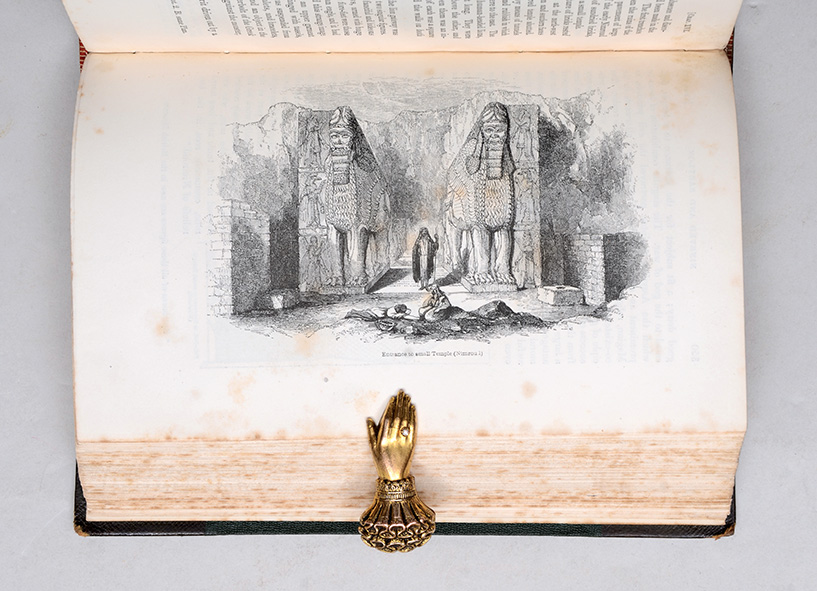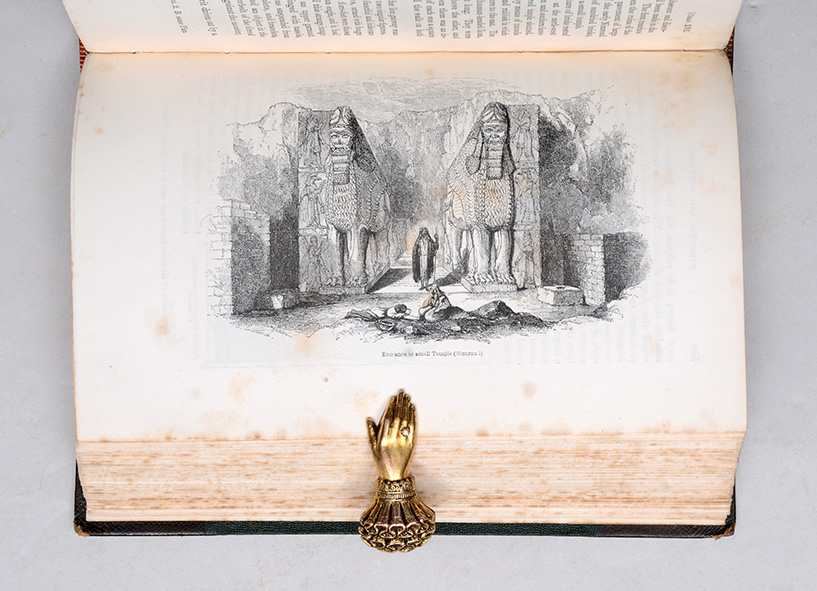Here at Peter Harrington Dover Street we like to showcase the very best in rare books, encompassing everything from the keenest heights of political economy to the most nostalgic depths of children’s literature. There really are some astounding things here and, since it would be a little selfish to keep them all to ourselves, we have decided to share a special selection of three exceptionally interesting items every week with the wider world. I hope you enjoy reading about these books from time to time – you can click through from the picture to the full entry on our website, where you can also browse our entire gallery and rare book stock. Additionally, if you find yourself in the area, please drop by 43 Dover Street and I’d be happy to show you around.
The Hidden Heart of Darkness

Joseph Conrad’s classic novella “Heart of Darkness” is justly respected for its ability to punch your soul in the solar plexus. It also spawned the equally devastating (and superb) Kubrick film Apocalypse Now, staring Martin Sheen and Marlon Brando, and provided T. S. Eliot with the perfect epigraph for what is probably the #1 poem of the 20th century, The Waste Land: “Mistah Kurtz, he dead”.
No surprise then that interested book collectors often come to us looking for “the first edition of Heart of Darkness”.
These often find themselves at the tail-end of a hopeless search, bashing in “Heart of Darkness” into search engines and getting no good results.
The problem is that the first appearance of Heart of Darkness in any book was as a subsidiary story in his 1902 book Youth: A Narrative and Two Other Stories. So, let this blog stand as a hopeful signpost to those frustrated pilgrims. Right now, at 43 Dover Street, we have a superb first issue copy of the book, on display as one of the many treasures in our just-issued Modern Literature Catalogue.
What Remains of Nimrud

Every now and then a book comes along that makes me actually a little proud of, rather than just quite pleased with, what we do; when these dusty artefacts, so often side-lined in or sequestered against the march of modern history, attain a renewed significance in the light of recent events.
That may sound a touch pompous but hear me out. The ancient Assyrian site of Nimrud, in the Mesopotamian plains of Nineveh, was recently ransacked and then destroyed by Islamic State – it was a very thorough operation, utilising sledgehammers, pneumatic drills, bulldozers and explosives. I won’t waste words decrying the act – the catastrophic affront to civilisation by any measure of sensibility is obvious.

Not all is lost, however. In the British Museum you can still see the enormous human-headed bull (or lamassu) gateway guardians that were taken* from Nimrud by Austin Henry Layard (1817-94) in his excavations of the site in 1845-51. He also wrote best-selling books about his excavations, of which Discoveries in the Ruins of Nineveh and Babylon (1853) relates the latter of two. This is a first edition copy of that book, full of archaeological plans and engraved illustrations showing his finds at, and travels between, sites such as Nimrud and nearby Kouyunjik. Another victim of Islamic State’s ahistorical monomania, the Yezidis, a fascinating religious group with theological links to Zoroastrianism and Sufism who worship Melek Taus the Peacock Angel, makes repeated appearance in Layard’s narrative – thus part of their now endangered culture (including even some of their music) is also preserved in this book’s record.
(*Or stolen, if you like – but hindsight must nonetheless accredit it a fortunate felony.)


The important textual and visual content of the book are not all that make me somewhat proud to handle it, however; this copy has a presentation inscription to it that gives the book a powerful association: “Lady Davy, from the author”. Lady Davy, née Kerr, was an impressive woman. In 1812, already once a widow, she remarried, taking as her husband the great inventor Sir Humphrey Davy. She and Davy established an important literary and scientific salon in London (her distant cousin Sir Walter Scott described her as a “leader of literary fashion”), though she often lived independently from Davy, travelling extensively, and becoming acquainted with the novelist Madame de Staël (reputedly as the model for her character Corinne). A striking indication of Lady Davy’s character is to be found in another estimation by her cousin Scott: “as a lion-catcher, I would pit her against the world”.

If an old book can be said to be defiant, this book, which preserves some portion of what has been recently destroyed, is defiant – doubly defiant, indeed, because of its connection to a lady whose extraordinary biography of spunky independence flies in the face of the strictly delimited fate prescribed to women within al-Baghdadi’s Caliphate.
Oh Goodie, Tanks!

This unusual piece of Soviet propaganda is disturbing on so many levels. It dates from 1969, and glorifies the Soviet invasion of Czechoslovakia, tanks rolling into Prague and putting an end to the Prague Spring. I can see why a Soviet artist would, for propaganda reasons, depict a road enthusiastically strewn with flowers – but why they would not perceive the symbolic irony presented by those flowers lying on the imminent point of being crushed by fifty tons of tank must remain a mystery.





